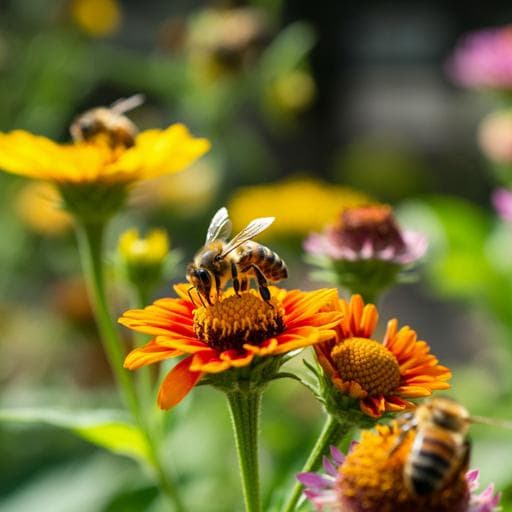
Biology
Citizen science data reveals the need for keeping garden plant recommendations up-to-date to help pollinators
H. B. Anderson, A. Robinson, et al.
A groundbreaking study led by Helen B. Anderson and colleagues reveals the inadequacies of current pollinator-friendly plant recommendations in urban areas, based on UK-wide citizen science data from BeeWatch. With significant discrepancies identified, the authors emphasize the need for dynamic, species-specific planting strategies to bolster pollinator conservation efforts.
~3 min • Beginner • English
Related Publications
Explore these studies to deepen your understanding of the subject.







